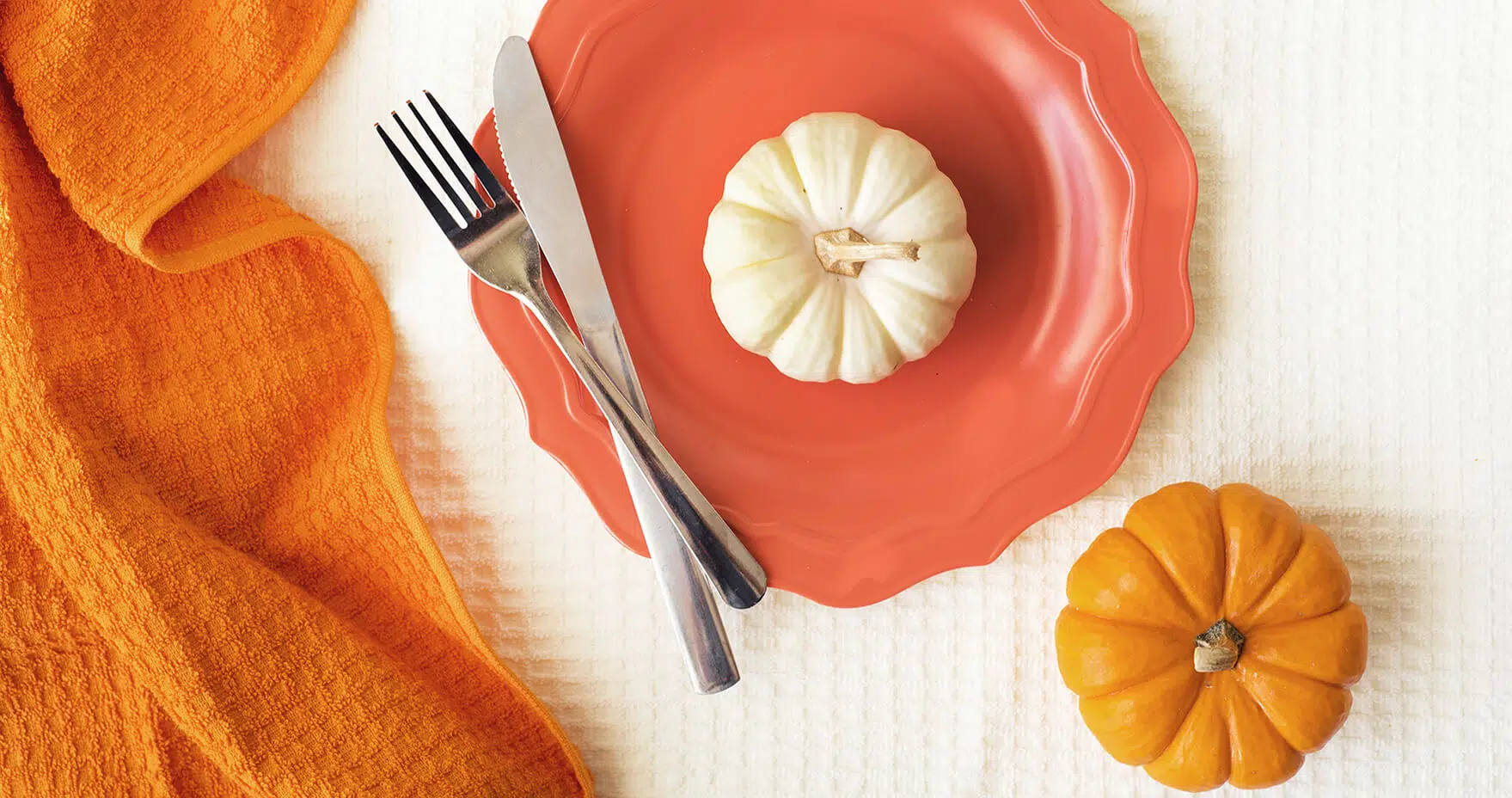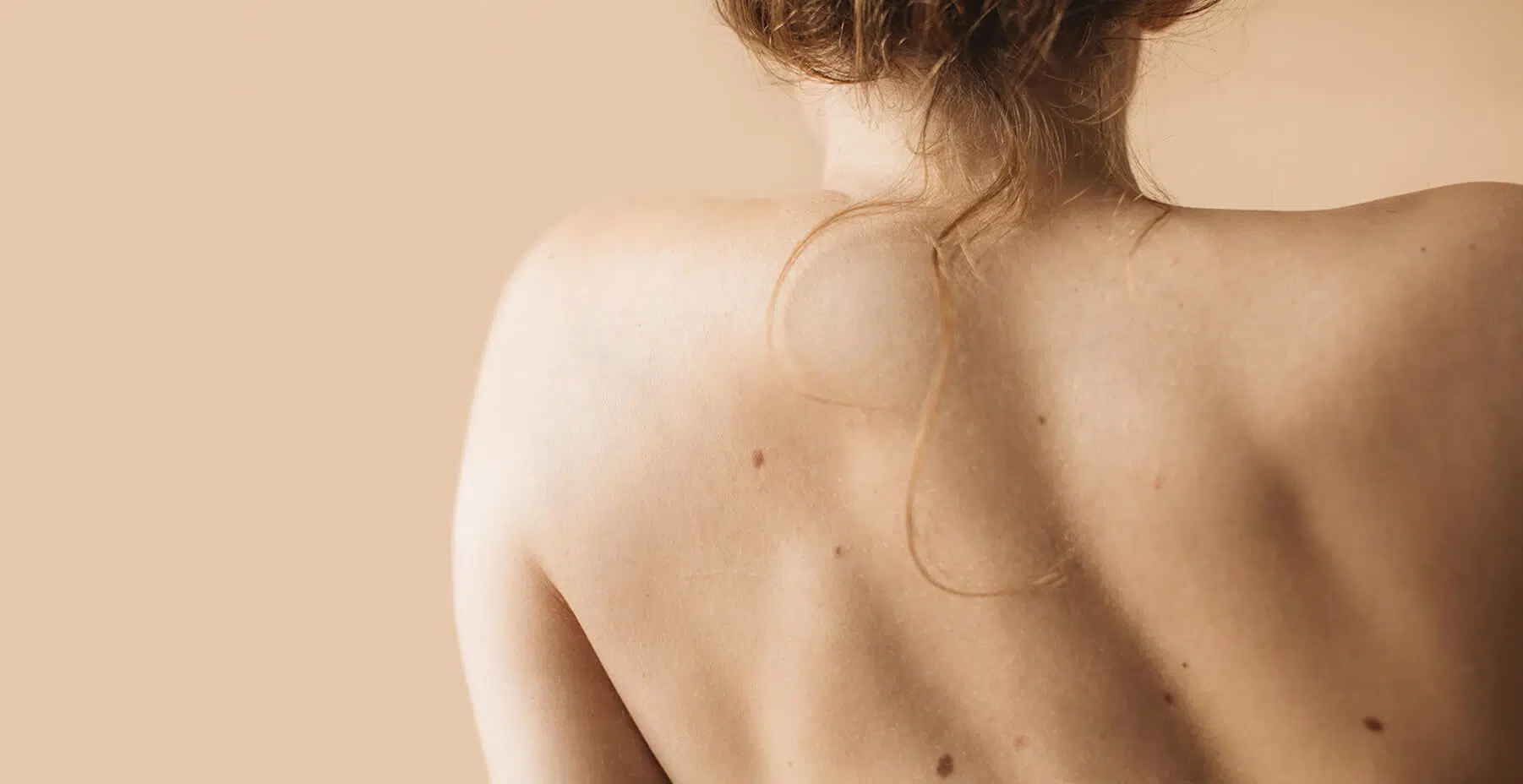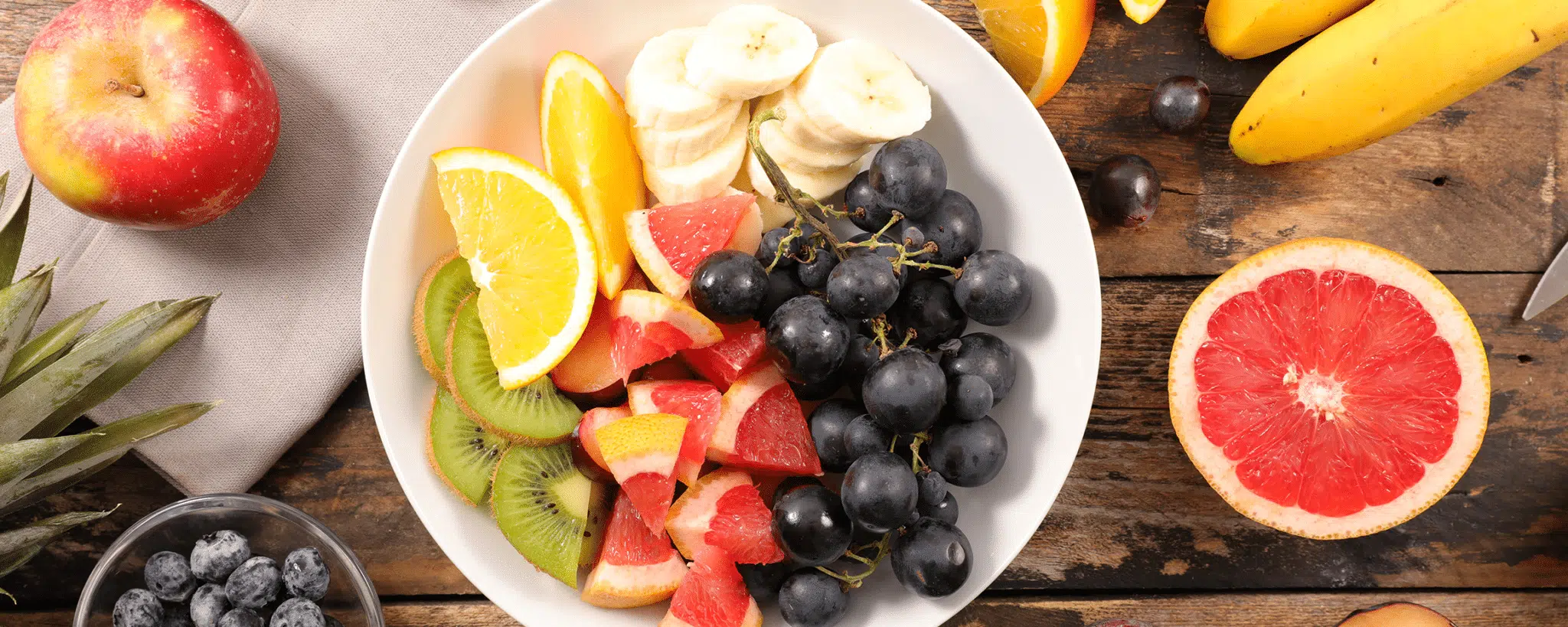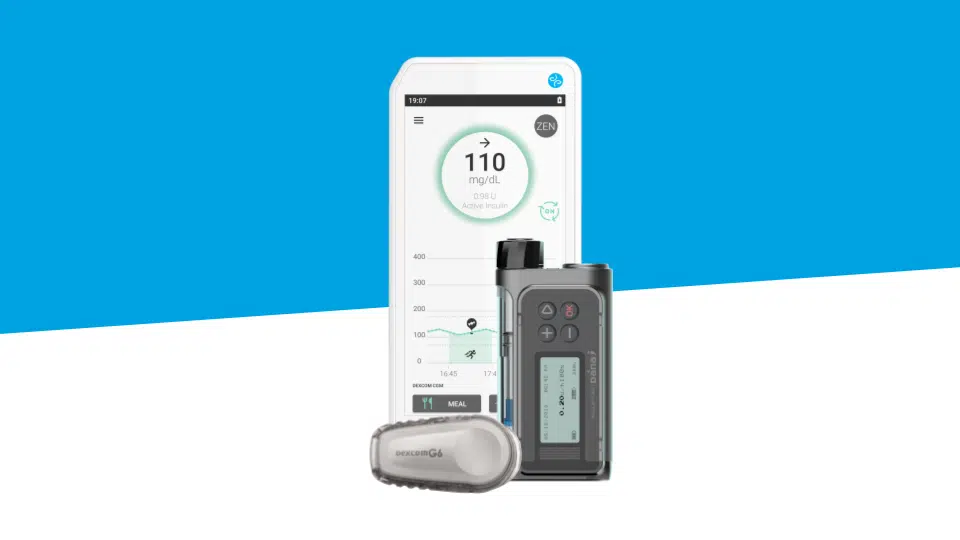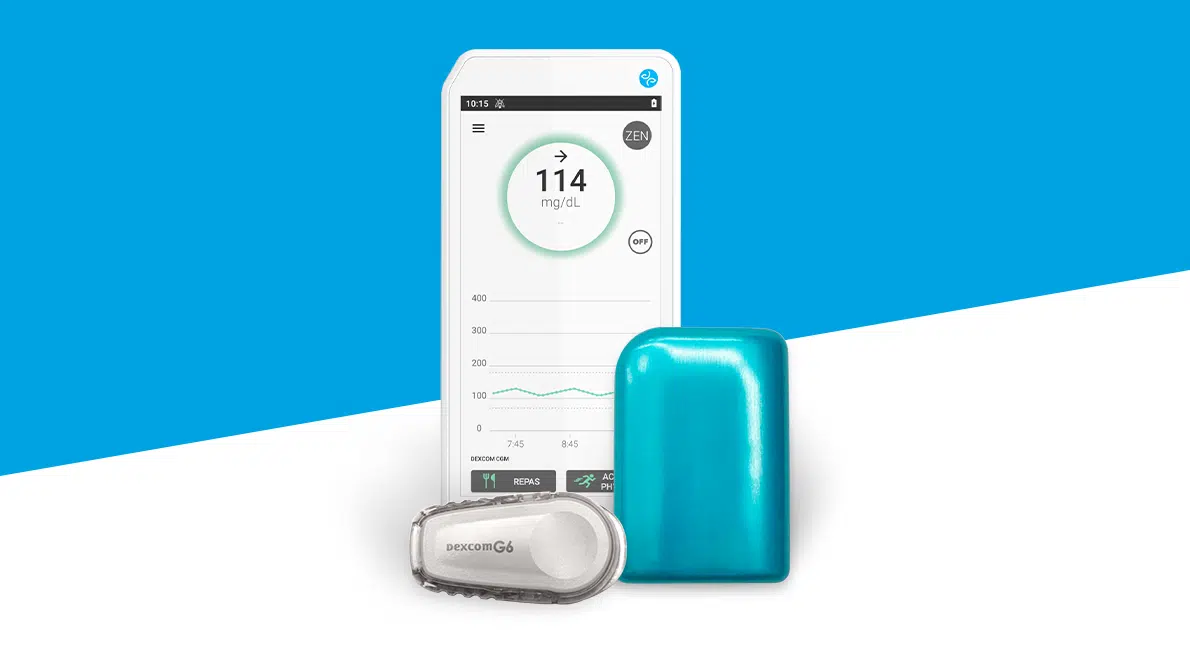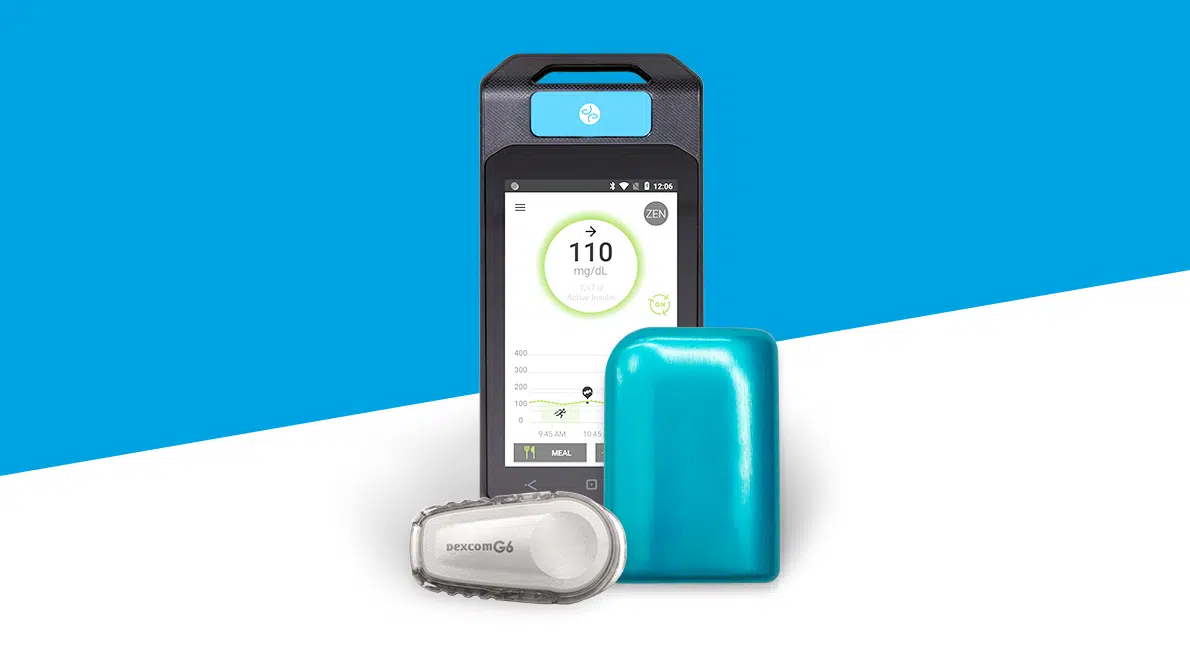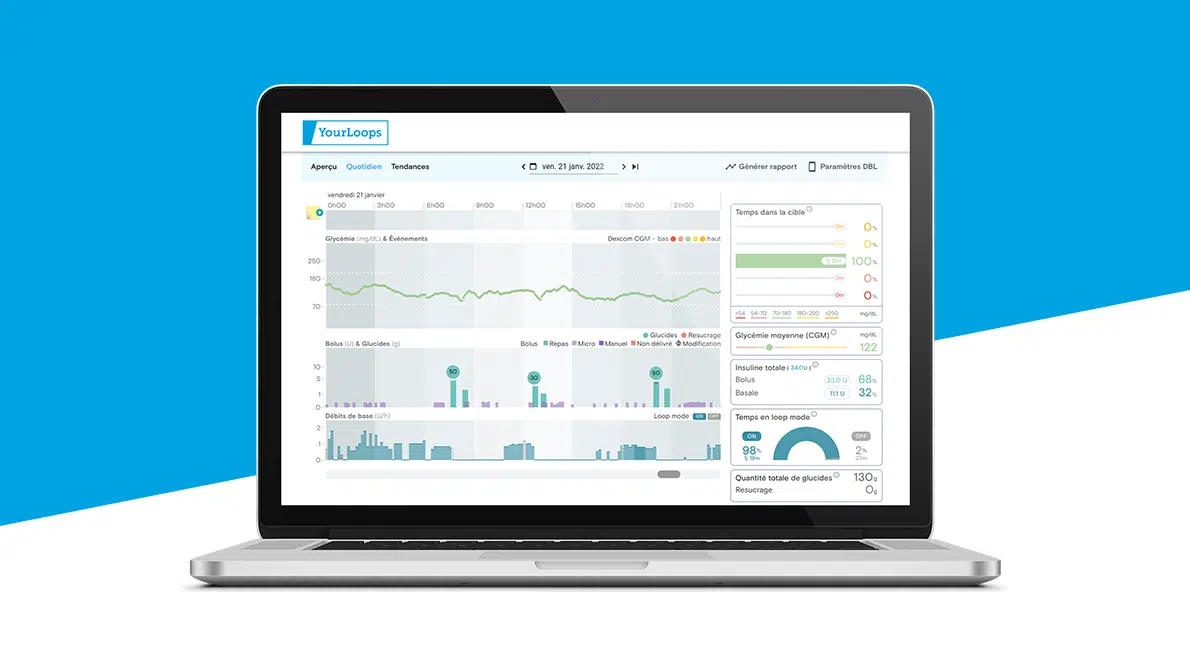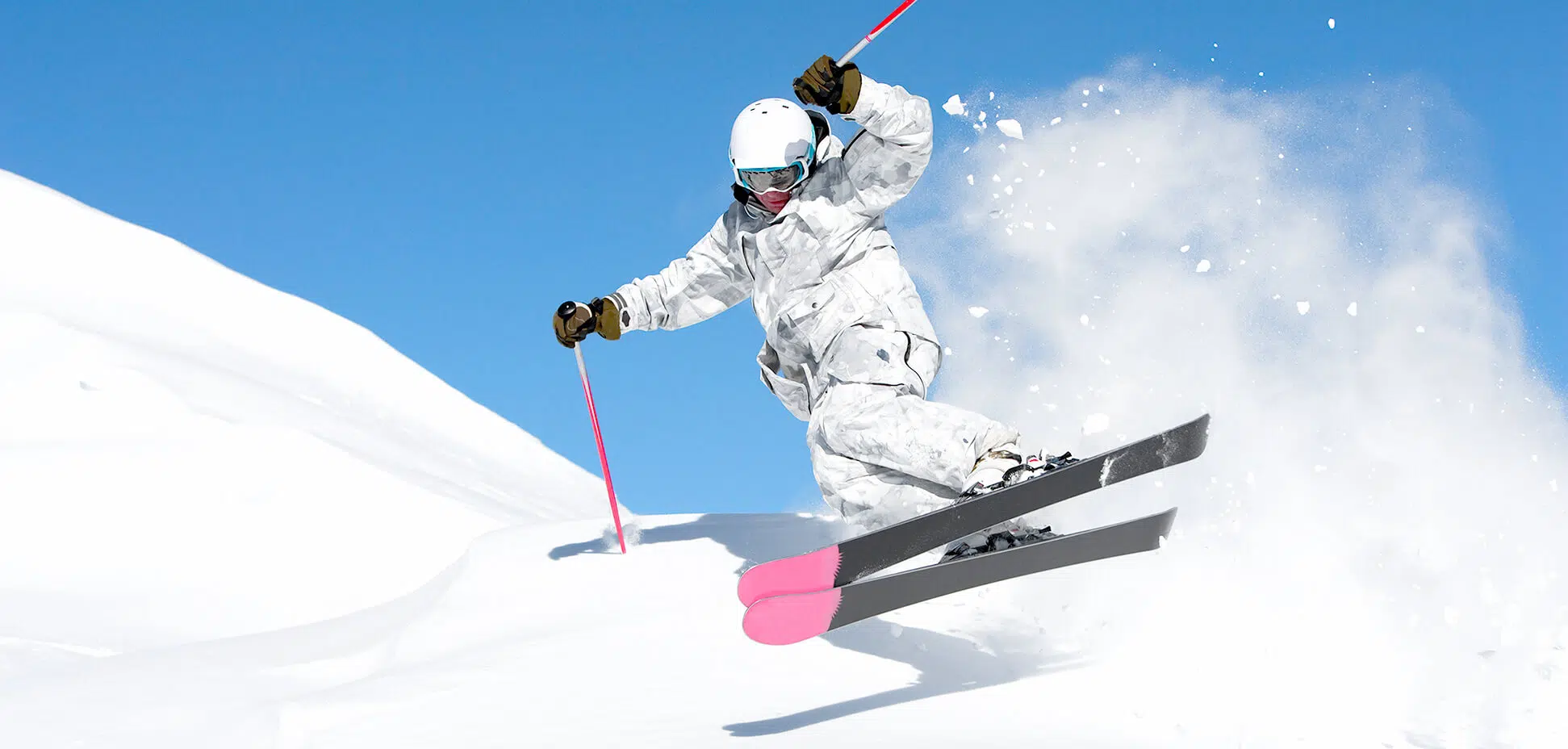
Diabetes and mountains: managing cold and altitude
The winter holidays are coming… the mountain is calling your name! Here are some tips for managing Type 1 diabetes under extreme conditions, and enjoying the adventure. Time to be a freerider!!! ⛷❄️
Effects of cold temperatures and high altitude
At high altitude, energy requirements are higher. The cold depletes the body’s resources. The body needs to burn more energy to keep warm and struggles to stay hydrated because of the dry air. The risk of hypoglycemia is thus increased. And if you play a winter sport – skiing, snowboarding, mountaineering, etc. – or just enjoy exercising in the snow or outside, your energy requirements are even higher. Again, there is a risk of severe hypoglycemia. We can nevertheless reduce the risk or the severity of it by decreasing insulin doses in advance.
Moreover, as altitude increases, oxygen becomes more scarce. The amount of oxygen available to the body decreases. This is known as hypoxia. The first symptom of it is “mountain sickness”, which causes headaches, nausea, vomiting, and vertigo. Symptoms can easily be confused with those of hypoglycemia. Particular attention should be paid to a reduced appetite, caused by hypoxia, which can make balancing diabetes more difficult. A solution is available to combat this phenomenon: snack regularly, even if you are not hungry!
Finally, the cold causes cutaneous vasoconstriction, which can delay the absorption of insulin. In hypoxia, the body secretes more adrenaline, and other counter-regulating hormones (including glucagon), resulting in insulin resistance.
Some tips:
- If you are planning a car ride, assume there will be traffic: bring a sufficient quantity of medicine, food and drink. Also take your prescription and your doctor’s contact information, as well as clothing to wear in the event of freezing temperatures.
- Adapt your insulin dose to your increased movement. As you burn more energy, your insulin requirements will go down. You can, for example, start a day of skiing with a slightly higher blood glucose than usual. Eat sufficient carbohydrates during the day, in the form of small snacks.
- Remember to measure your blood sugar during and after exercise, especially before going to bed. If possible, keep a self-test booklet to understand the impact that exercise has on your blood glucose levels.
- Protect your diabetes testing equipment
Increased energy needs
At high altitude, the body needs more energy, and in particular the energy from carbohydrates. A moderate effort such as hiking consumes 60 to 80 grams of carbohydrates per hour. This energy loss must be offset by external intake, as soon as the effort starts, at a rate of 30 to 40 grams per hour.
https://www.instagram.com/p/BdQVuBLlGVz/
For example, here are some foods that can be carried:
- Energy drinks: 60 to 80 grams of carbohydrates/liter
- Fruit Juice: 80 to 120 g/liter
- Banana: 20 g
- Apple: 15 g
- Cereal bar: 14 to 18 g
- Energy gel: 15 to 30 g/portion
Watch out for the equipment!
A drop in temperature can cause a delay in the absorption of insulin. High altitude, on the other hand, can trigger insulin resistance. In addition to these variables that must be taken into account, it is not always easy to reach the area to be injected under the ski suit and the multiple layers of clothing. Insulin should be kept between 2 and 8 °C to avoid freezing, which would render it unusable. For that, do not hesitate to use isothermal kits. Note: above 3000 meters, glucometers are less reliable.
For the more intrepid individuals who go mountaineering on vacation, it is customary to take three times the necessary amount of medicine and other supplies. You should bring:
- Insulin
- Needles, lancets, strips
- Blood glucose devices (with spare batteries)
- Urine test strips (in case the measuring devices fail)
- Carbohydrates (fast and slow acting)
- Glucagon kits
- A prescription
In case of an emergency, it is highly recommended to inquire about access and transportation to a hospital.
